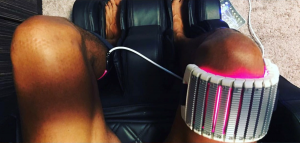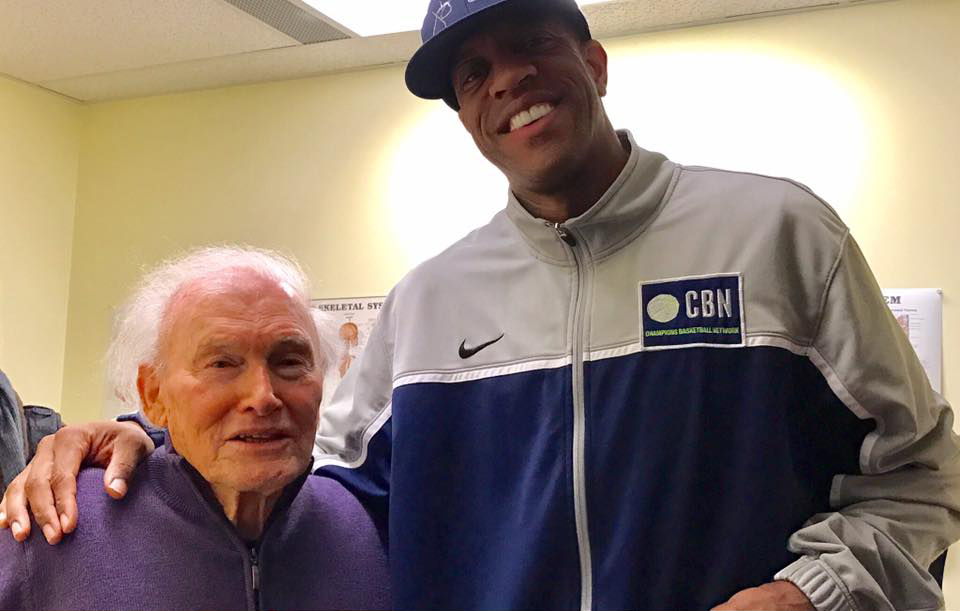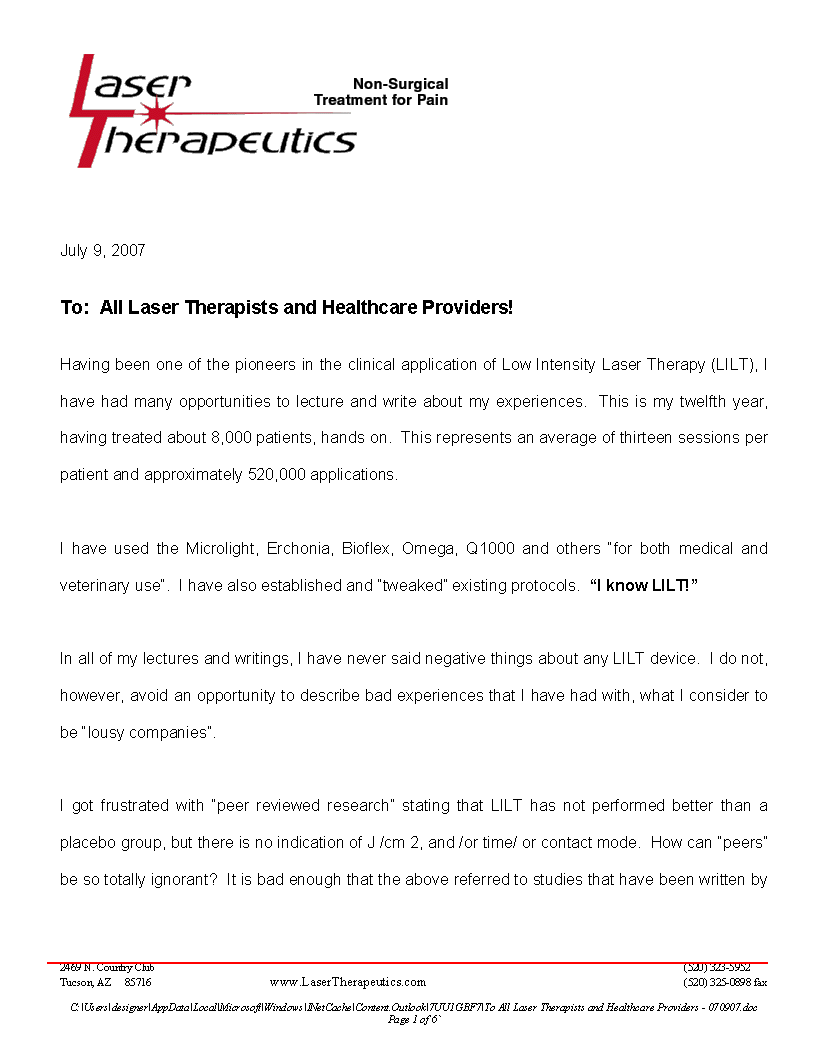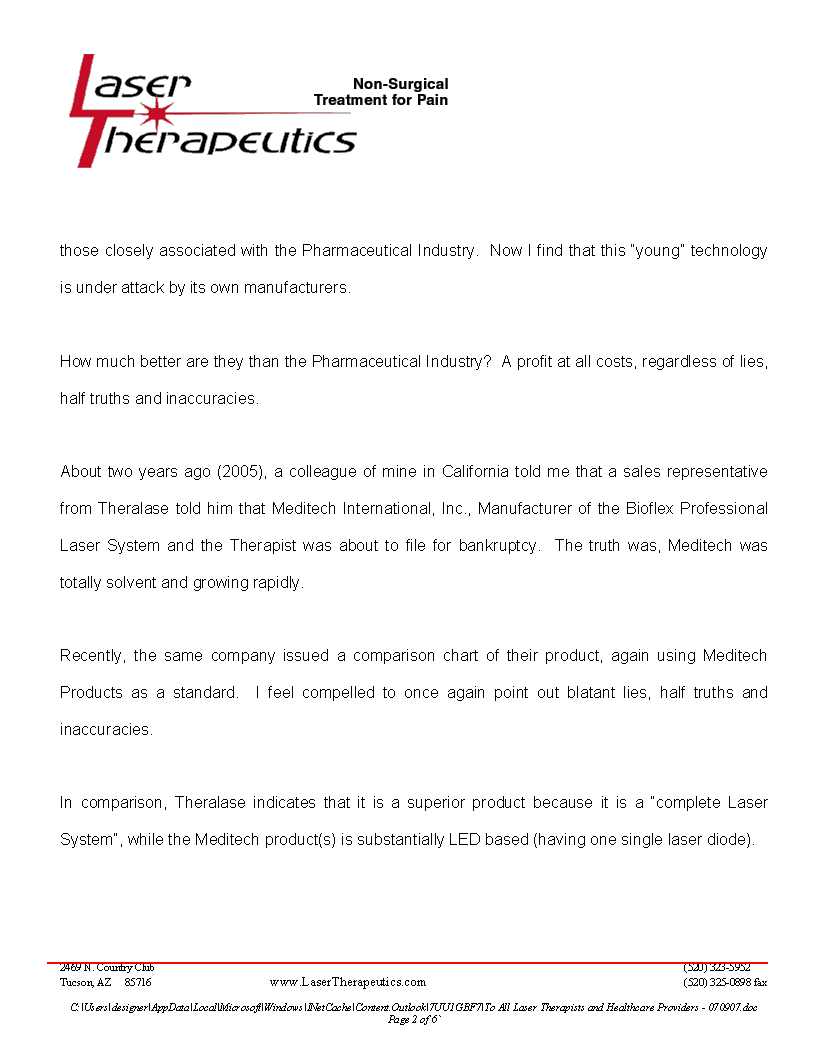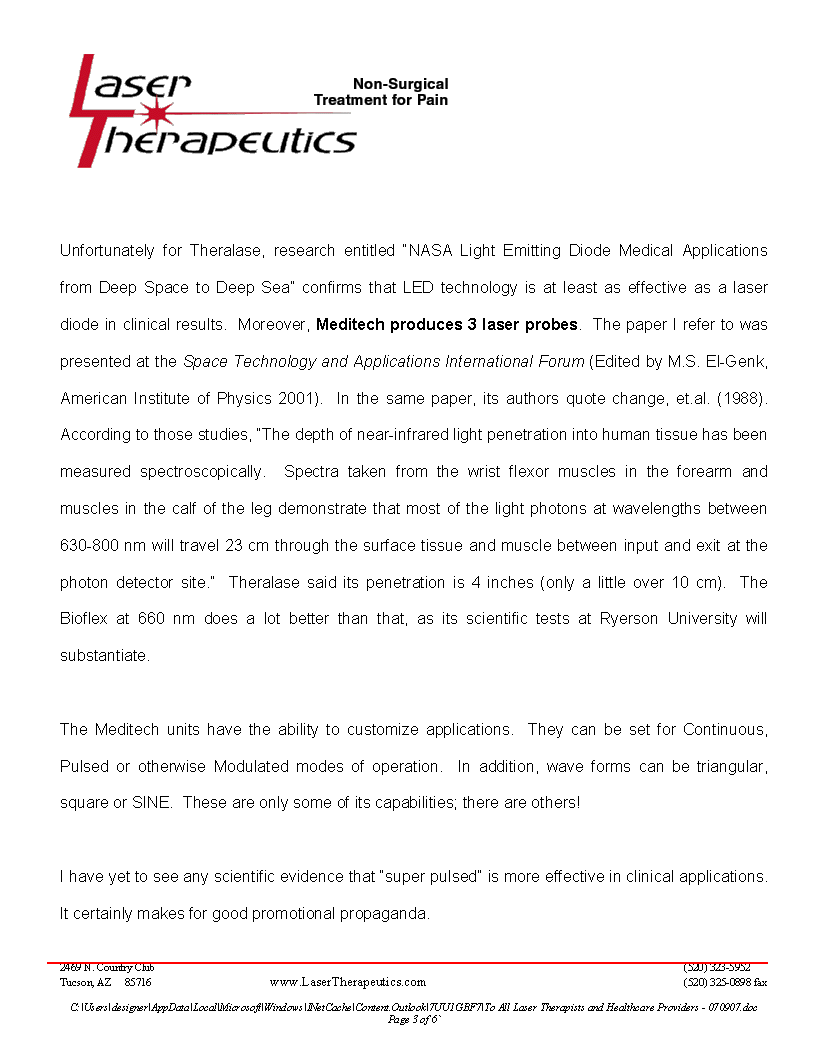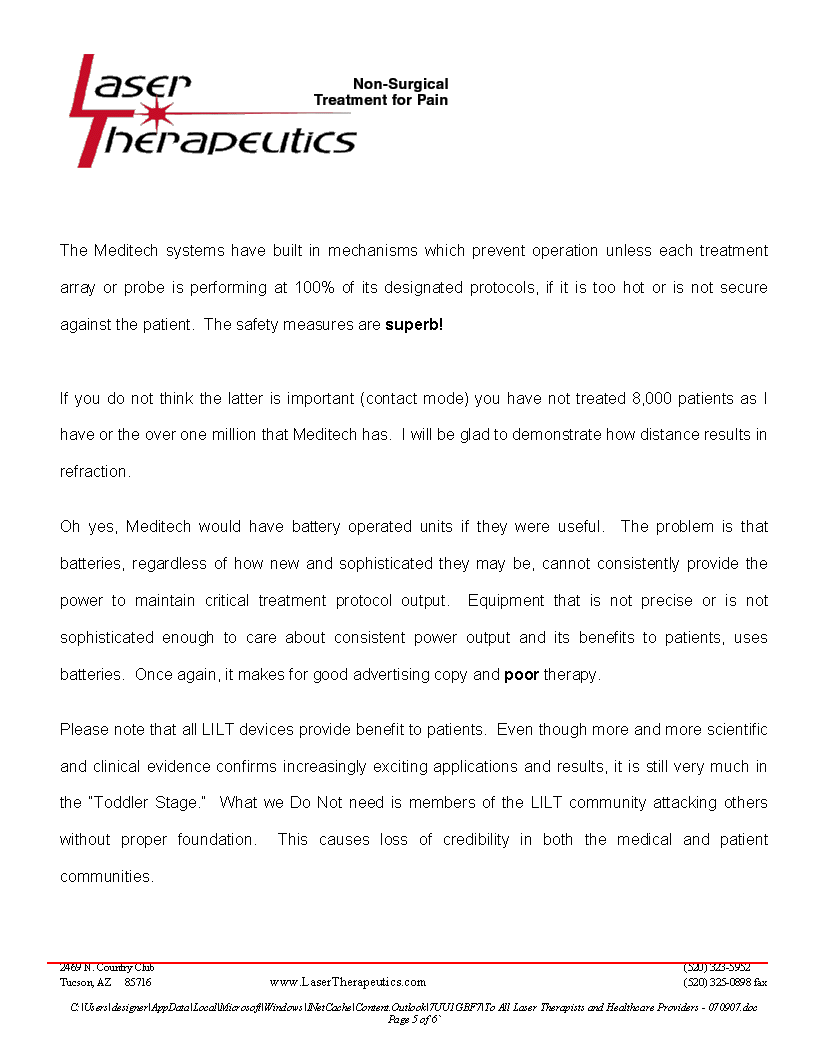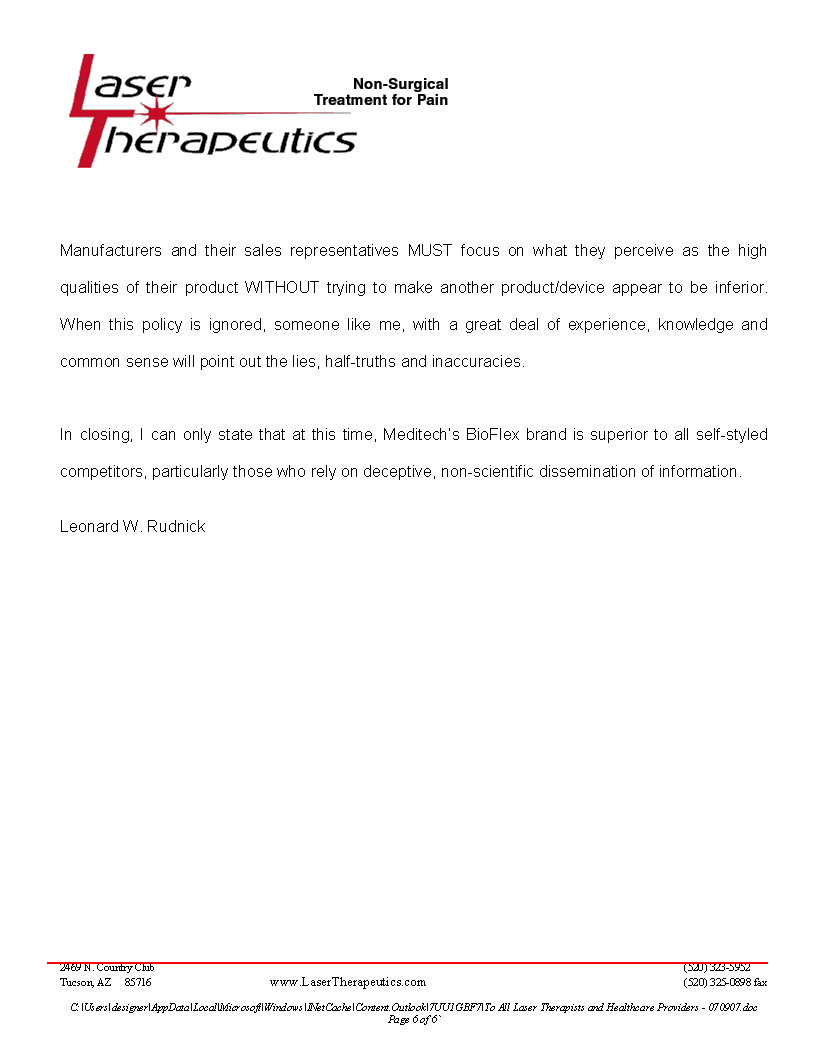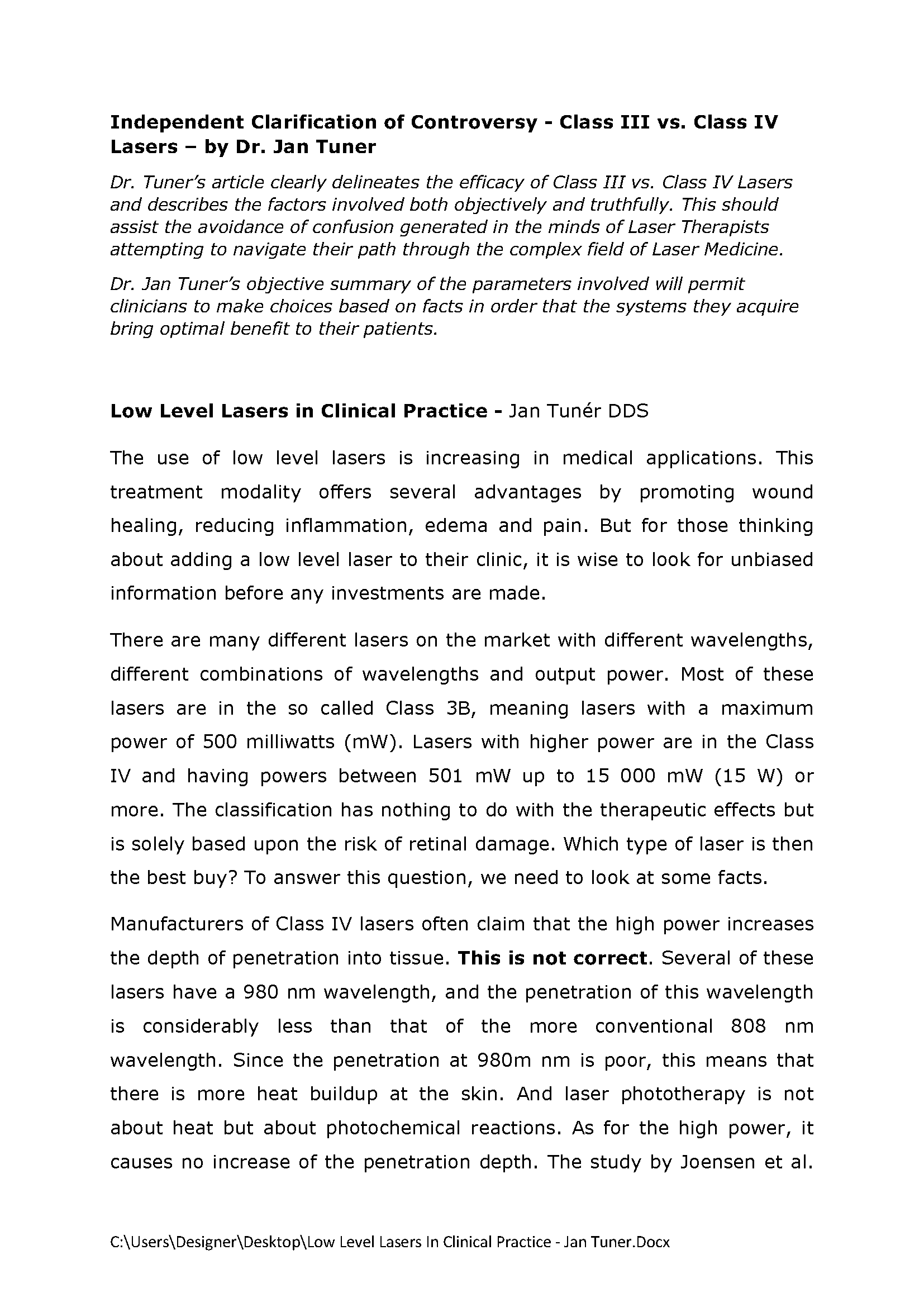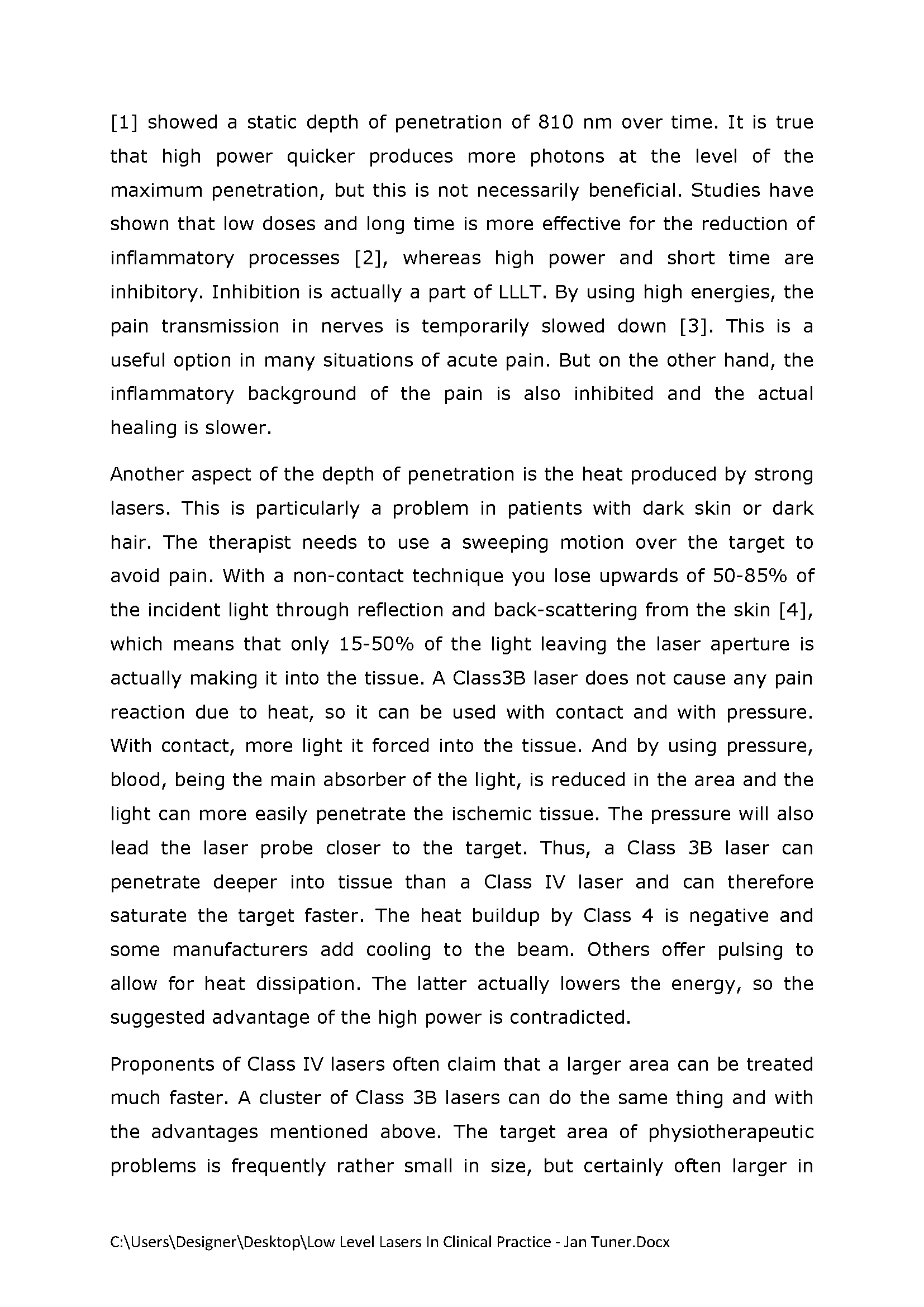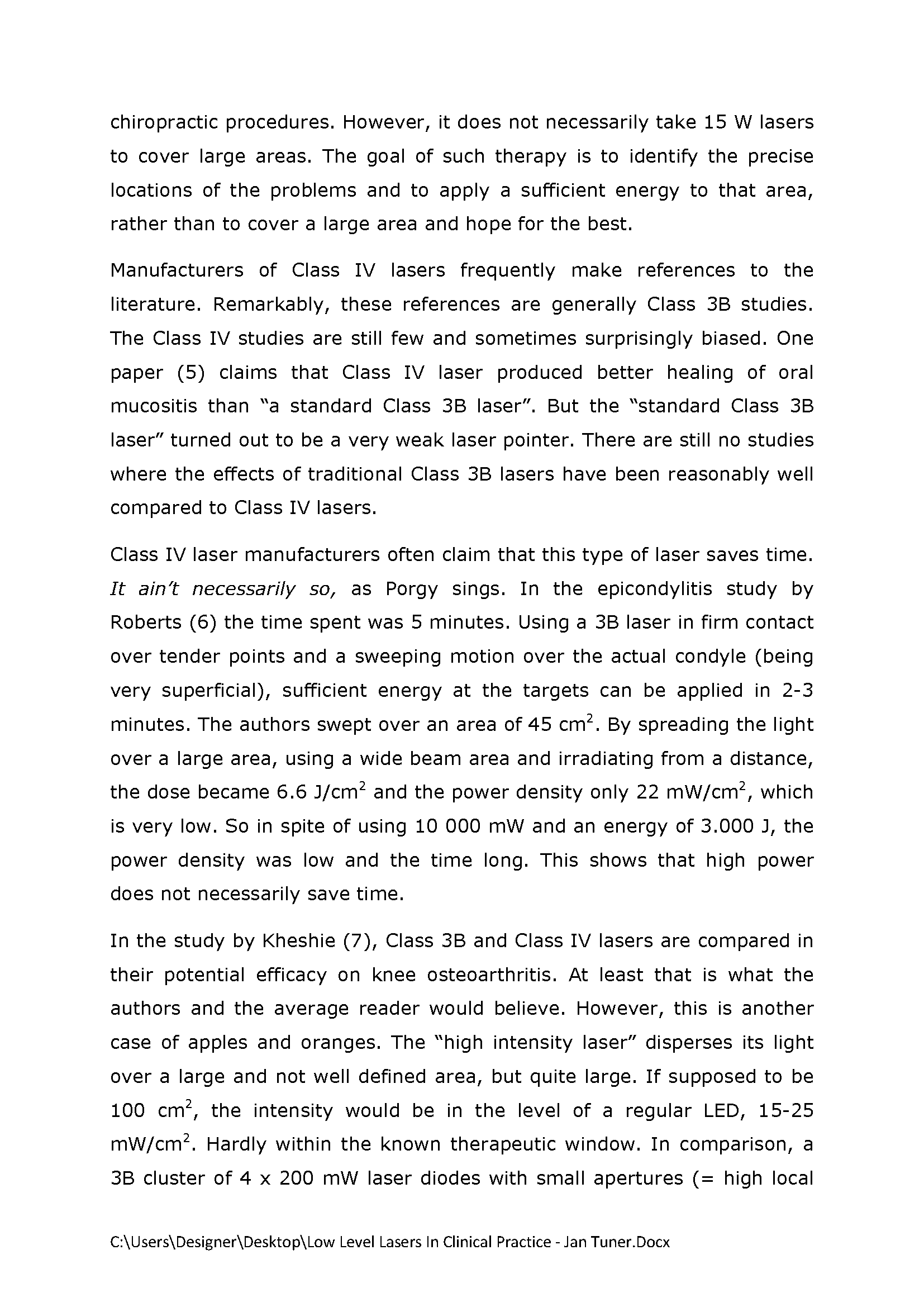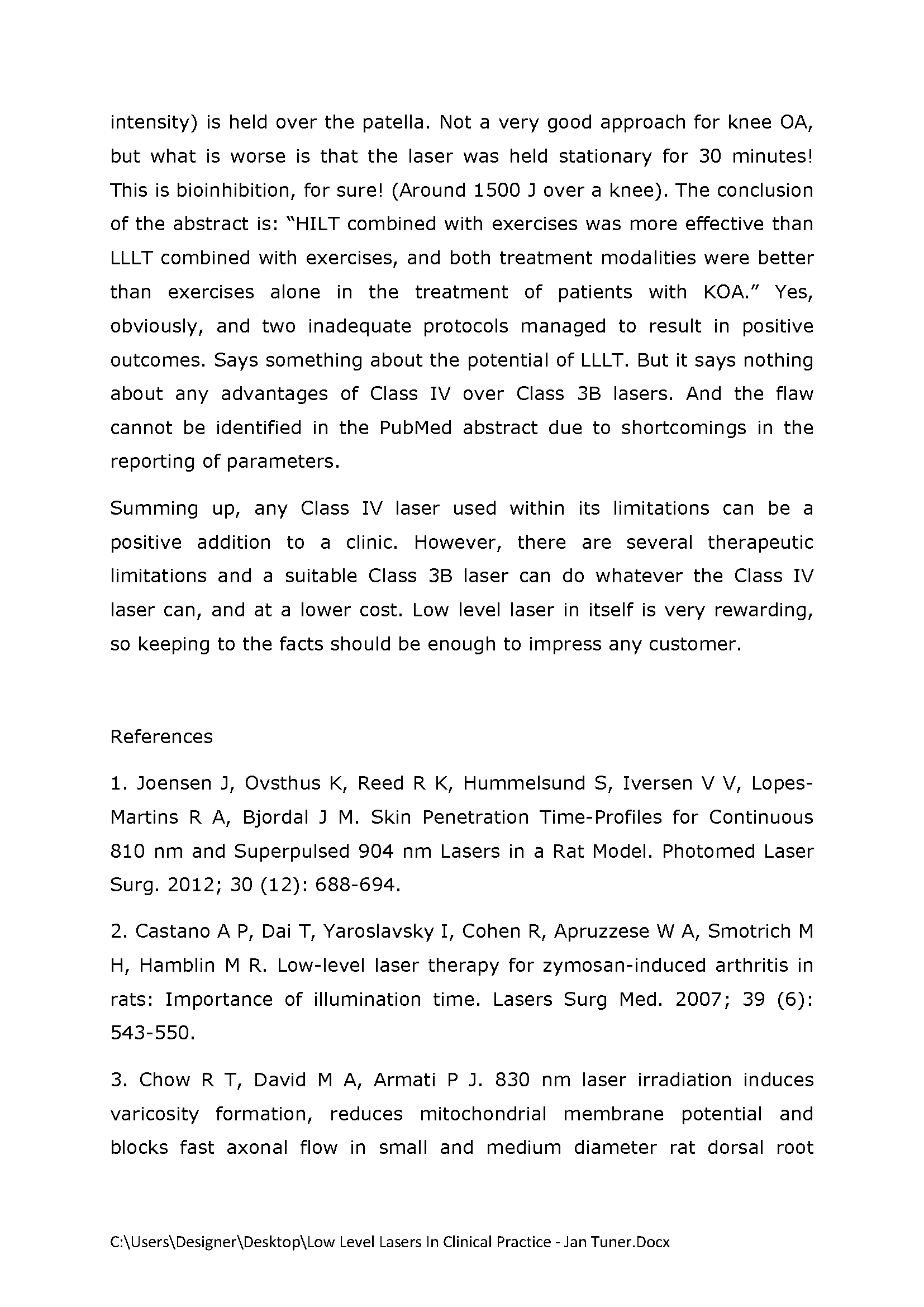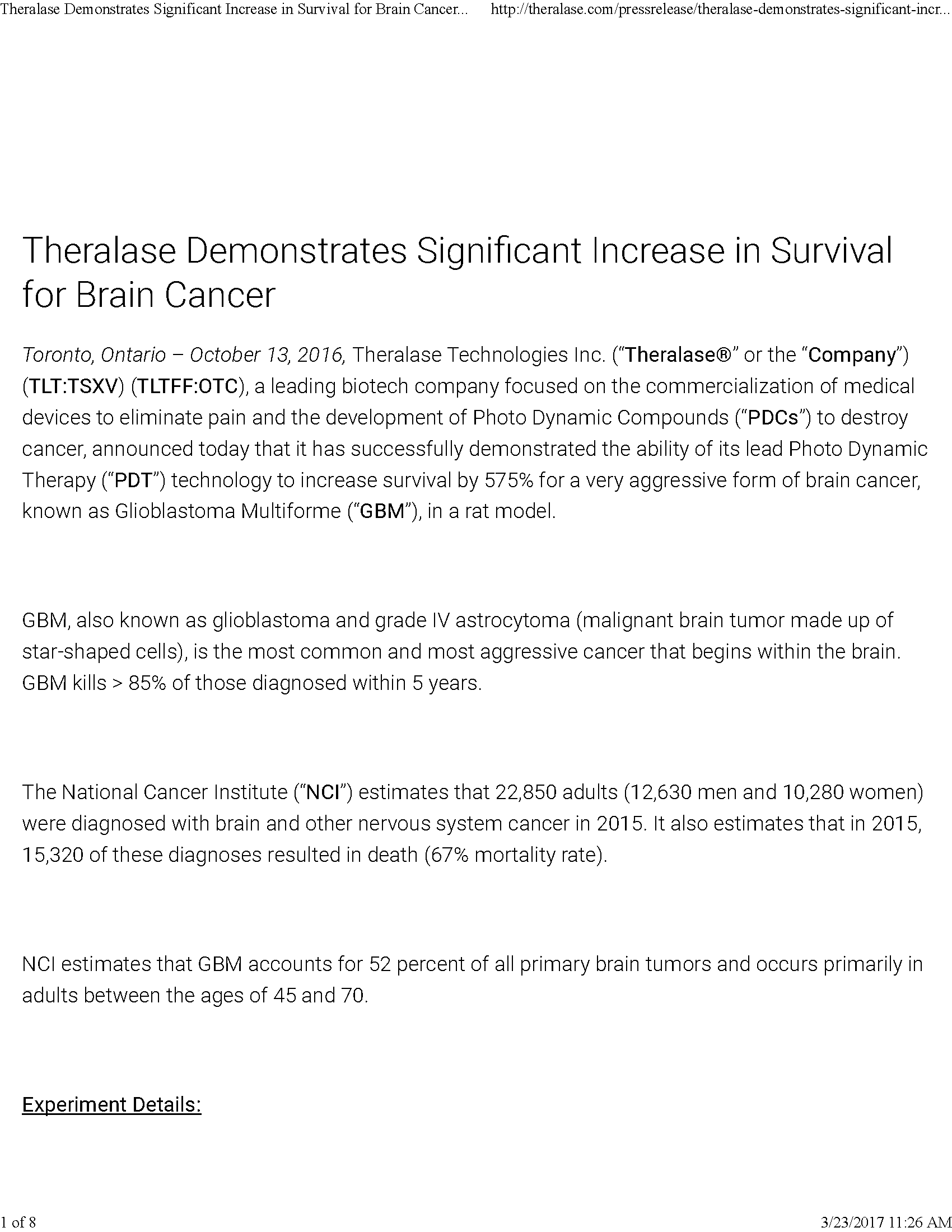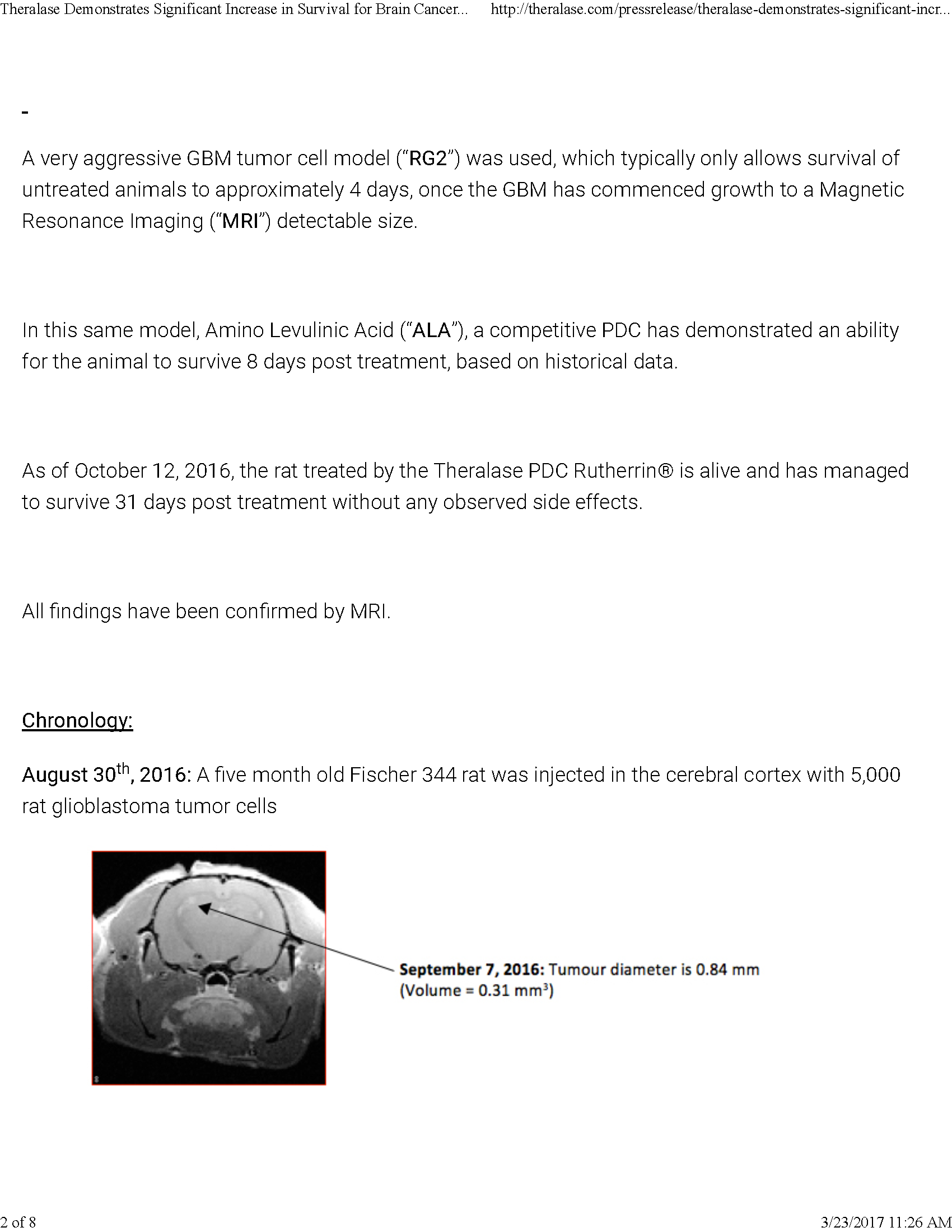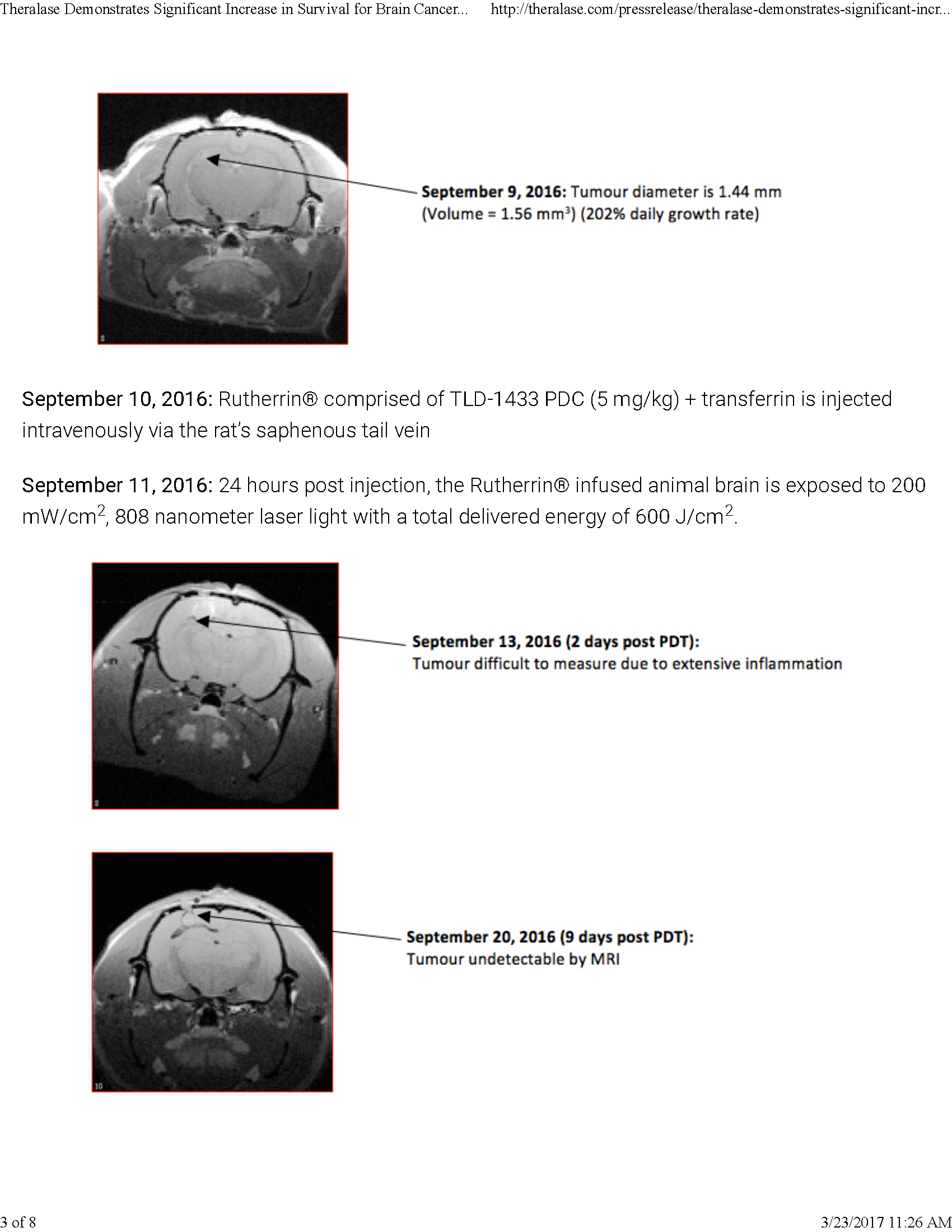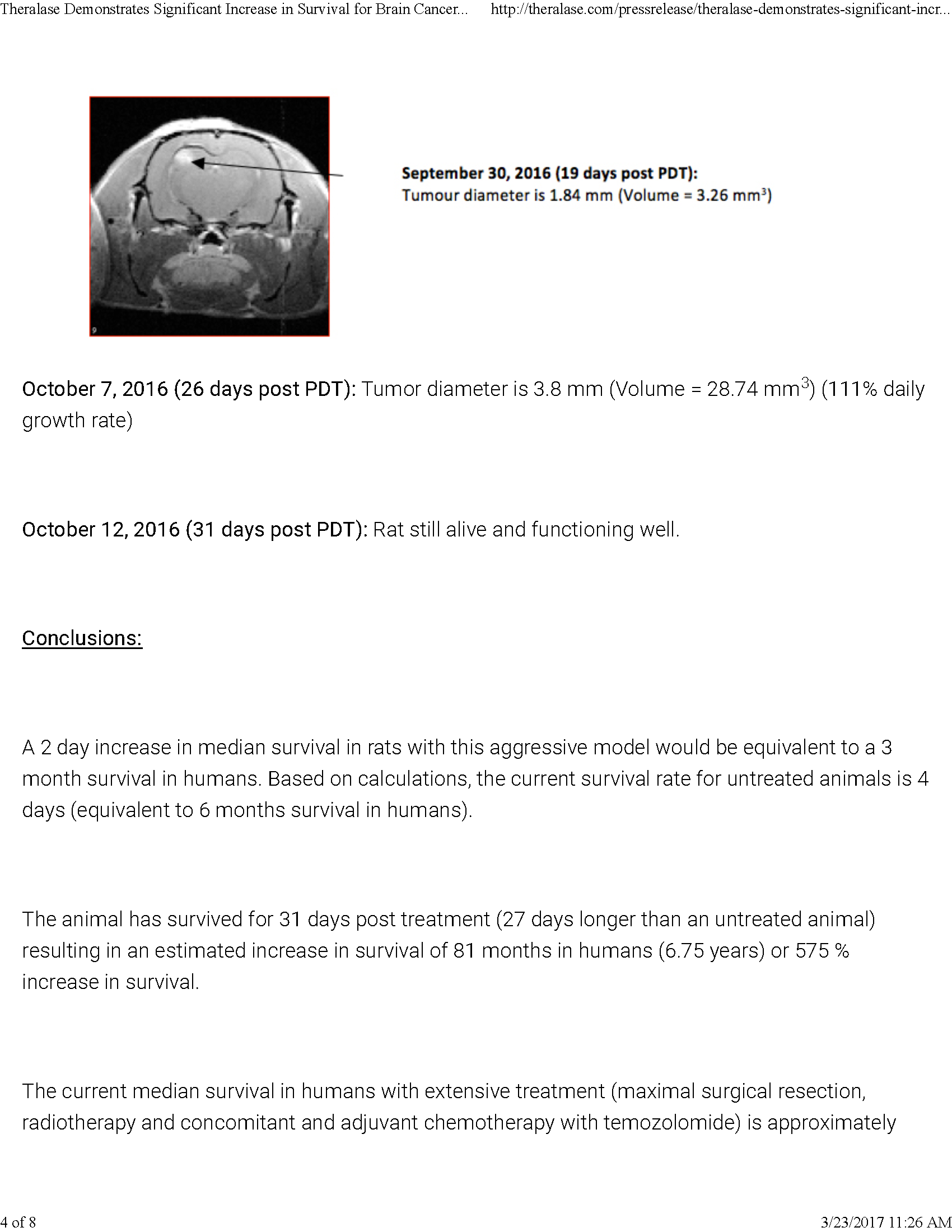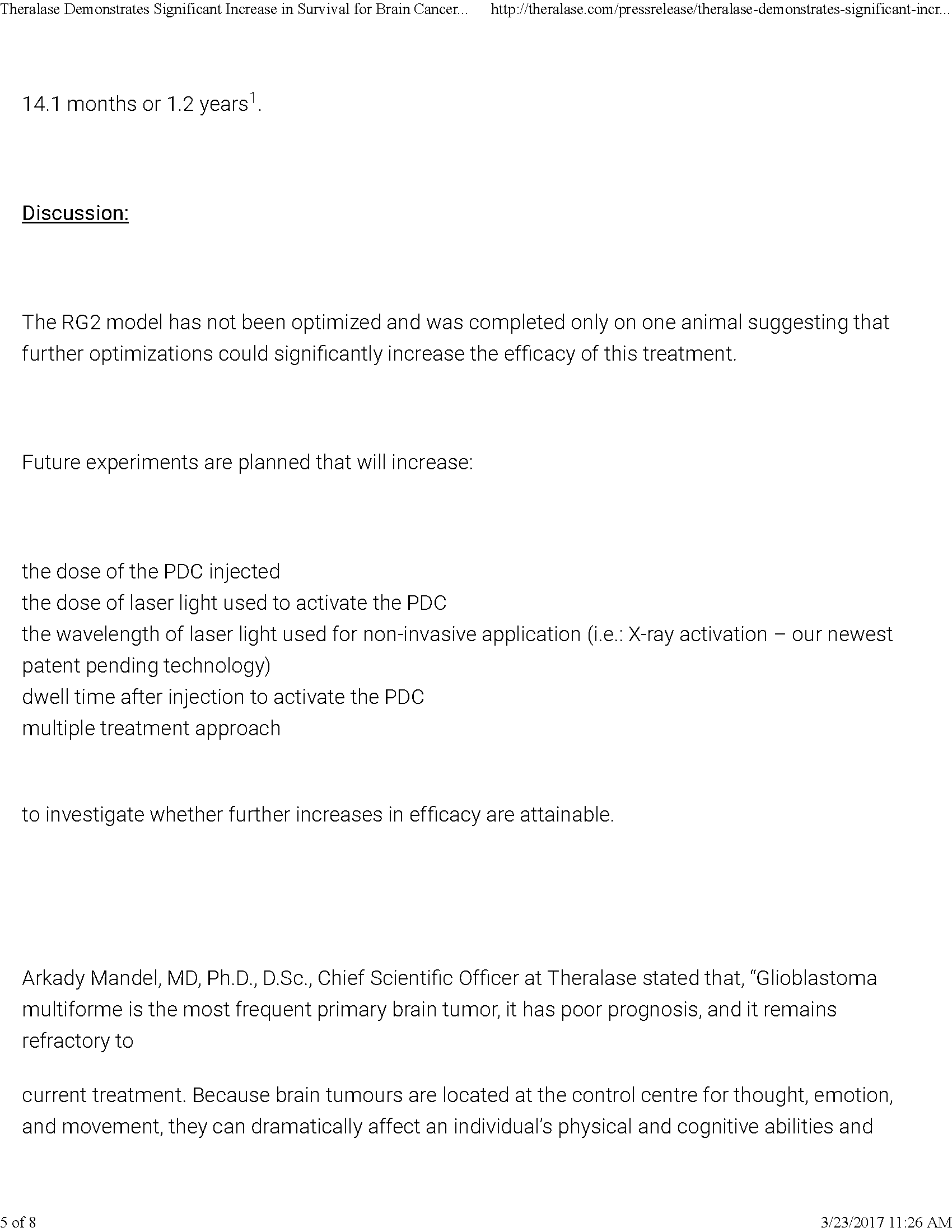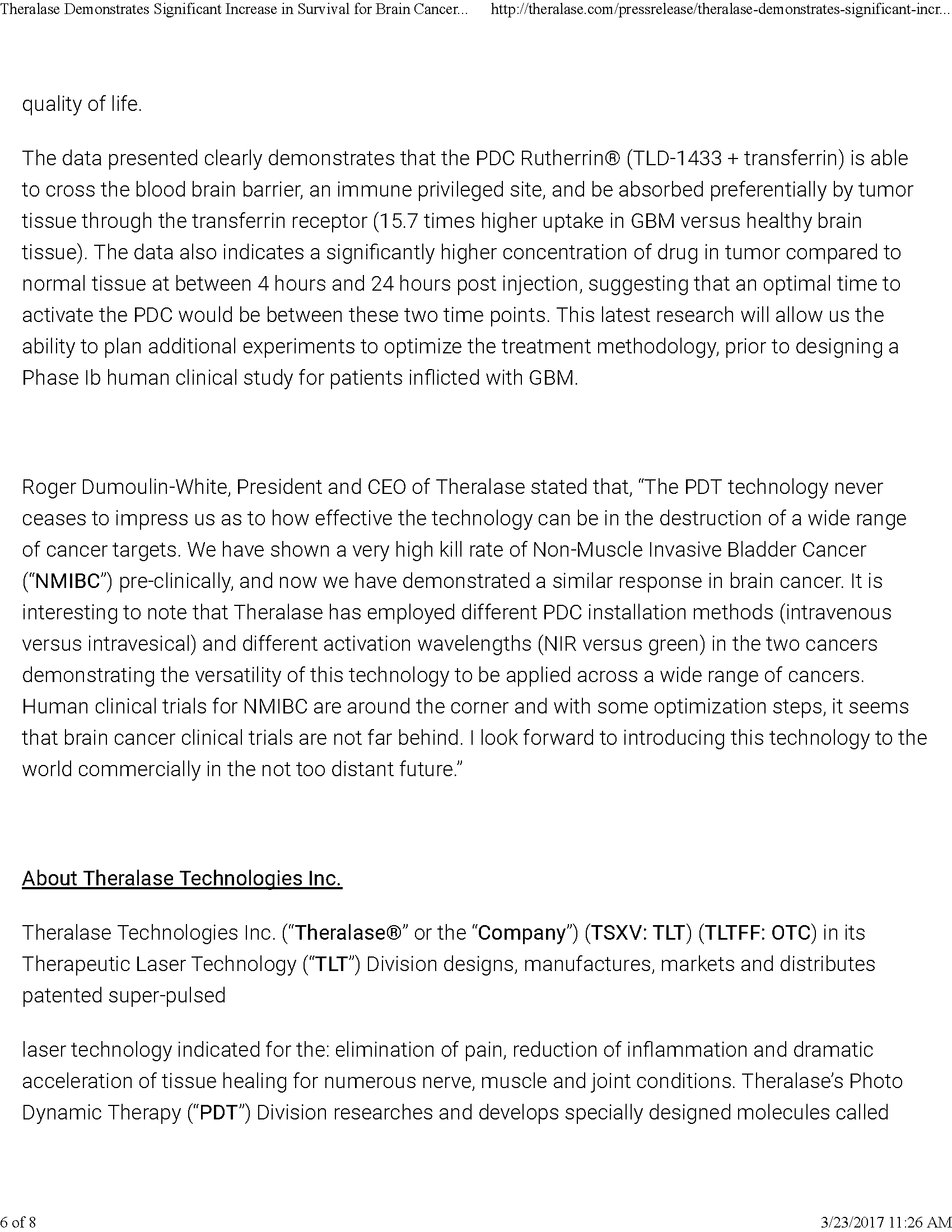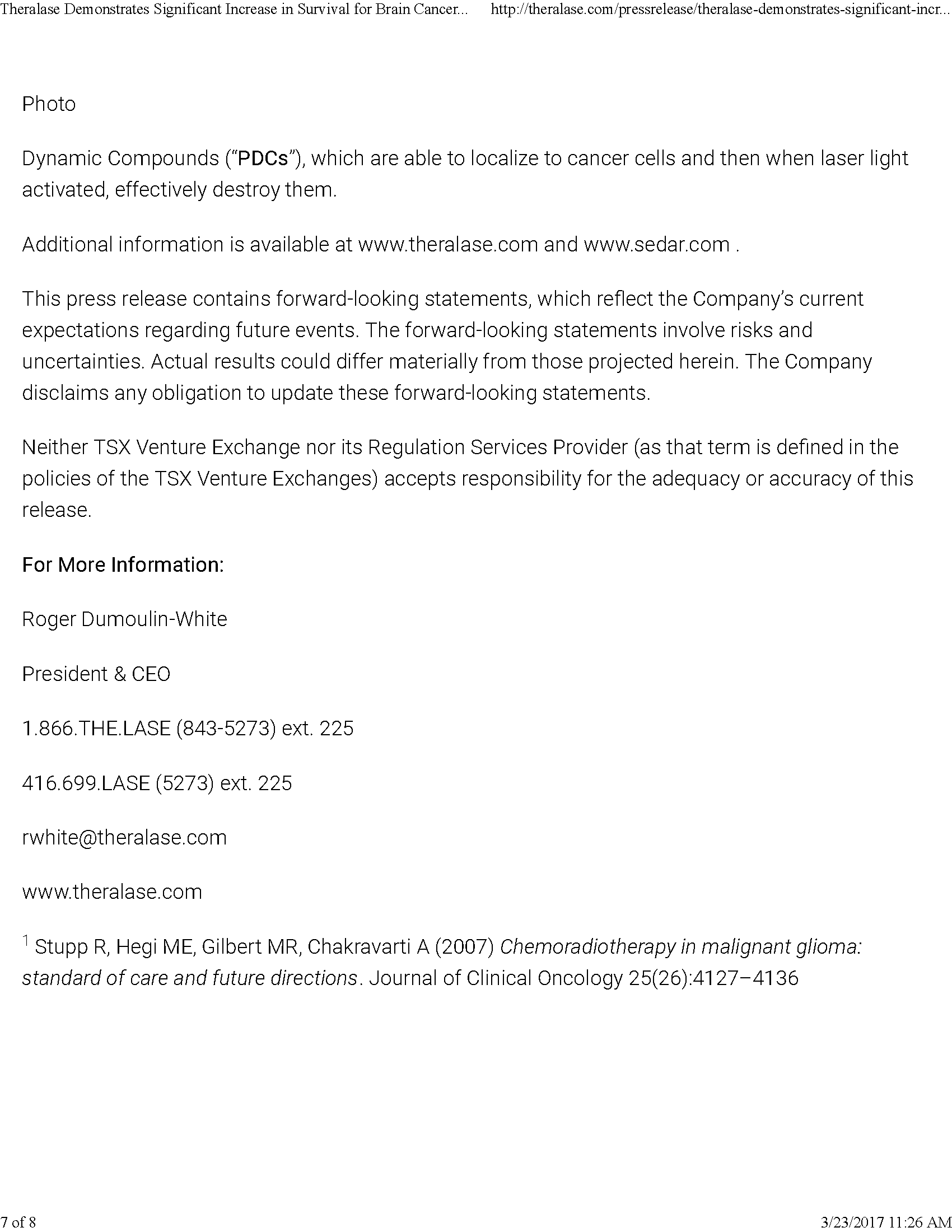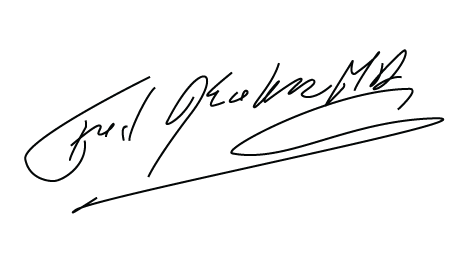The article posted below was recently published in a new magazine called FemEvolve. This is a publication founded by Christina Paruag, a graduate of the Department of Journalism at Ryerson University. Christina skillfully highlights the story of her past illnesses and the restoration of her health status using Laser Therapy.
The article also includes a brief interview with me and I feel that her story delineates the benefits that can be obtained with this therapeutic approach.
At the same time, Christina and her associates are to be congratulated for launching this new venture, particularly in these difficult times in the print industry.
I was given the book The Brain’s Way of Healing by Norman Doidge for my 21st birthday. I really wanted this book to help in re-wiring my brain to better manage the daily chronic pain I was experiencing from severe endometriosis. Little did I know how life changing this book would be.
As I sat there reading the book one afternoon, I came across a passage in the chapter Rewiring a Brain with Light. This chapter was quite interesting to me as I had been studying physics at the time. I read until I got to one part about a doctor by the name of Fred Kahn. He was previously a surgeon, going on to specialize in vascular surgery, and was very well-experienced in his field.
I learned through reading that he gave all of this up to pursue a career in laser therapy- in which he would help thousands of patients minimize the chronic pain they were experiencing that was limiting them in living their lives to the fullest. I became intrigued and couldn’t stop reading. I got to a passage about a neuroplastician who had suffered with severe endometriosis. I read and read with such speed, I couldn’t believe my eyes. In this book that I thought would help my endometriosis in one way, there existed a real treatment that could get to the root cause! Norman Doidge explained that Dr. Kahn’s laser therapy system helped the neuroplastician to overcome tremendous pain, bowel obstruction and get rid of scar tissue. My eyes welled up with tears and I felt hope pulse through my body. Could this be the answer? I immediately Googled his clinic, Meditech Rehabilitation Centre and booked a consultation with his receptionist.
I found a documentary on CBC about the book and watched the interview with Dr. Kahn in disbelief. This was a real treatment- something that may actually put an end to all my pain and suffering,” I thought. I wanted my life back. I wanted more than anything to feel like a normal 21-year-old, and not have to plan my life around my period or feel restricted from having a job and going to school. I was so excited. I didn’t want to get too hopeful, yet something inside me told me that I had to give this a try. After watching that CBC documentary, I wanted the chance to interview Dr. Kahn. I didn’t know if it would ever happen, but I deeply admired what he was doing. How he gave up what he had worked so hard for and pursued something close to his heart: the chance to put an end to chronic pain, or at the very least, minimize greatly, chronic pain in his patients.
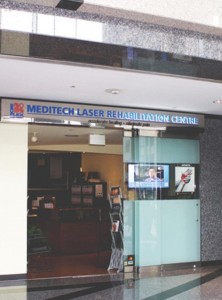
I can gratefully say that Dr. Kahn’s Bioflex Laser systems have given me my life back. I started treatments in November 2016. After my first treatment, my energy levels peaked. I didn’t feel the same levels of chronic fatigue. When I went to sleep that night, I woke up the next morning astonished. I hadn’t been able to remember my dreams for two years before this point due to my noisy brain (chronic pain generally leads to an increase in neuronal activity as the brain fires too many pain signals to the area where pain is experienced. The brain is in constant fight-or-flight mode and sends numerous pain signals to the area, when there is no cause for concern. This was my experience with endometriosis, and no medication was able to help). The laser therapy enabled me to remember vivid and detailed dreams, putting my brain into a restful state as my body healed. After just three treatments, I went from being in severe pain almost every day to being in manageable pain a few days a month. I went from missing three to four days of school/work to missing none, sometimes only one a month. I started walking
properly, not with a limp. I began to cook and clean more often and became more independent, less reliant on family as I was able to get out of bed. I can now say that I can handle a full-time job, a full-course load,
traveling while on my period, or anything else life throws at me. I’ve used laser therapy not just for my severe endometriosis. I told Dr. Kahn in March 2017 of recurrent kidney infections I’d been experiencing. Every ER doctor I saw gave me antibiotics, until I had taken almost io rounds of antibiotics. The infections got so bad at one point I felt like I was dying. They would keep coming back. Until
one month I had all the same symptoms, but no infection could be detected. This went on for almost five months. Every doctor was puzzled as to how this could happen. Dr. Kahn told me that it was possible that the problem was not my kidney, but rather scar tissue affecting my bladder, and suggested lasering my bladder. After only one treatment, I saw a significant improvement and haven’t been on antibiotics since. In June 2017, I suffered a minor concussion. I just started my first full-time job ever and was terrified of losing it at that point. After three treatments, my concussion symptoms (such as a pounding headache on one side, dizziness and difficulty with speech) started becoming less. I was able to keep going to work every day, while I made sure to rest a lot at night and minimize electronic time. My concussion symptoms went away in two weeks with treatments three times a week. Dr. Kahn has been so supportive throughout the past
year and I truly believe that had I not met him, I would still be suffering from severe endometriosis, on multiple rounds of antibiotics and dealing with post-concussion symptoms. I feel like I have my life back, and this is all thanks to Dr. Kahn, his amazing and hardworking staff, and the life-changing therapy that they deliver.
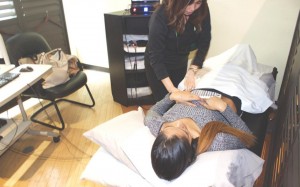
In addition to my own success with laser therapy, well-known individuals such as former NBA star Jerome “Junk Yard Dog” Williams and long driving champion Niilo Schonfeld have benefited from Dr. Kahn’s BioFlex Laser systems for pain in the knees, neck and back. The BioFlex Laser systems have enabled these individuals to continue their careers with reduced pain.
Read on below about the powerful effects of laser therapy and Dr. Kahn’s remarkable work that is helping numerous patients on their journey to a pain-free life.
Can you talk a bit about your initial experiences with laser therapy and what drove your passion to start this research?
I had a shoulder problem. I had a ski injury, I had a rotator cuff injury and it wasn’t getting any better. I like to play golf and swim three to four times a week and I wasn’t able to do that. I don’t like utilizing pain medications, so I missed those activities and went looking for a better therapy. I talked to a couple of surgeons and they wanted to operate, and I just felt like surgery was not the solution. Surgery gives you an additional trauma, another injury. I already had an injury, so surgery would be another injury.
Because you’d have to recover just healing from that.
They cut through tissue, they cause bleeding, they do all kinds of things. Not that surgeons are incompetent, but having been a surgeon; I was a general surgeon with a sub-specialty in vascular reconstructive surgery so that route did not appeal to me and I rejected it. In medicine today, it’s important to know how to protect yourself. Particularly as you get older, you’re gonna have some problems, aside from trauma.
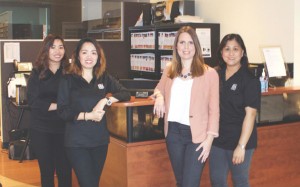
I was looking around for different options. Options, you have to look for them. They won’t come to you. I heard about laser therapy and someone had brought a very primitive Russian device, so I found a guy that had one.
That’s where it started, in Russia?
There were devices built in Japan, in Russia, etc. Poorly engineered devices built all over the world really, but they weren’t good devices. A light source based in some sort of base where you turn on the light and you turn it off.
So it wasn’t LEDs or concentrated laser light?
No, it wasn’t sophisticated. So we use LEDs, red, infrared, lasers. We use all kinds of different lights because all of them have different physiological effects. By adjusting the light source, we manipulate the frequency, the duty cycle, the wavelength, the waveform. There are about six things that we modulate. It’s fairly complex and it’s scientifically-based.
That goes into the protocol that you create for a patient?
Yes. Literally, manufacturers have no idea what I’m talking about when I say these things because they take a light source or a diode, turn it on and turn it off. Then they add all kinds of hype, which is untrue and has no basis in reality, never mind science and they try to sell that light. Their mantra is, “it’s bigger, it penetrates more deeply, etc.” A great deal of advertising hype which is generally not true.
Right. The size of the light has nothing to do with it, it’s the modulation.
From day one I always like to do better than other people.
(Laughs) Well it’s clearly paying off!

Whatever revenue we generate goes right into research, design, manufacturing and educating.
Right. I like that it’s not just the therapy, you take everything into account. You have the clinic, the engineering side.
Health care professionals.
Yes, I had the chance to see that too today.
It’s based on understanding of clinical problems. Understanding of how to put together devices that can treat those problems, and then customizing those devices appropriately. So, design and development of equipment and teaching people how to use it properly are extremely important.
How does laser lead to cellular repair and tissue healing?
Through a series of complex physiological interactions between the light and the intracellular organelles or molecules and it also involves the cell membrane. The process results in the restoration of normal structure and function of the cell.
Laser therapy has been shown to increase oxygenated blood flow to the diseased tissue which accelerates healing. It also promotes the production of collagen (a protein fibre that helps to form connective tissue in the body), while reducing internal scar formation and enhancing tissue elasticity. It repairs damaged muscle fibres and activates myogenic satellite cells which repairs muscle tissue. It also increases inflammatory mediators such as macrophages (which break down foreign and injured cells, and protect the body against infection), neutrophils (which ingest bacteria and help fight infections) and lymphocytes (which regulate the immune system), reducing both inflammation and edema.
So the cells become damaged when the patient has inflammation?
Yes, systemic diseases, local diseases, any kind of disease process. Usually with a disease process, you have an inflammatory change or deterioration of the tissues, like in arthritis it’s inflammation and degeneration. The vast combination of different etiological factors.
Can you explain for our readers, the difference between high intensity and low intensity lasers? Why are low intensity lasers safe?
It’s low intensity because it deals in milliwatts. High intensity is watts. With a high intensity laser, you can cut through steel, through cement, through anything. With low intensity laser therapy, it’s more gentle and lower power settings are used. It’s controlled and ours are designed so that they can’t burn or harm tissue. Some manufactures use high powered lasers and then put a thick piece of glass or plastic between the light and the tissue and you do not know what intensity actually interfaces with tissue, which defeats the purpose of constructive radiation.
What health conditions do you regularly treat with laser therapy?
We have four treatment platforms.
Treatment of musculoskeletal problems: spinal pathologies, soft tissue and sports injuries, arthritis, etc.
Treatment of wounds/dermal ulcers: such as diabetic lesions, and those that occur due to compression, surgery or trauma. This is a highly effective treatment that leads to rapid healing of the lesions.
Treatment of dermatological conditions: eczema/dermatitis, psoriasis, acne, etc.
Treatment of neurological conditions: cerebral concussion (traumatic brain injuries-TBIs), early application for Dementias, Parkinson’s and other neurological conditions.
How do you use laser to treat concussions?
All concussions have neck injuries. Most of the injuries are focused on the junction of the neck and the brain. It involves the central nervous system (CNS), the neck, and the spinal cord. We always start by treating the neck. So we treat the tissues directly, the neck, CNS, etc. and we irradiate structures using photon particles. These are absorbed by the cerebrospinal fluid, which circulates through the spinal canal and around the brain and ventricles. We treat through the vascular and lymphatic systems. Cerebrospinal fluid and direct treatment of the tissues- neurological, skeletal and soft tissues
Some patients also get treated on top of their heads, right? What’s the difference between that treatment and treating concussions with lasers used on the neck only?
Okay, so 70% of patients are cured without treating the hemispheres. If we don’t need to go to the hemispheres, we don’t. If it’s i00% effective treating the neck, we don’t need to do that, if it isn’t then we go to the hemispheres. It’s very elaborate and sometimes the auditory mechanisms are affected so we treat those as well.
Because you get the ringing in your ears and that sort of thing
Right. The ringing of the ears often disappears just when you treat the neck. When you’re treating the neck, you’re treating the spinal cord, the brain stem and the cerebellum. So that’s your basic treatment.
That’s so incredible.
I’ve also categorized concussions into acute stable, acute labile, chronic stable, etc. So there are different categories. Then they fall into different age groups, degrees of severity of concussion. We use all that information and we have a number of protocols developed for each of those. It’s quite sophisticated. It’s like you feed all the material into a computer and you come up with different combinations, permutations, algorithms, protocols that enable you to effectively treat those conditions.
That’s great! Moving towards the women’s health side and lasers: Can it be used to treat or diminish ovarian cysts?
Ovarian cysts are usually benign lesions, all women have them.
You’ve never shrunk them?
Ovarian cysts will do what they will do. I used to do a lot of abdominal surgery, so every woman has them. Can you do anything about them? No. The ones that are huge, they’re gonna burst. When inside the peritoneal cavity, we might prick it like a balloon and suck up the fluid and they’re gone. They relate to ovulation. Malignancy is rare but might be considered.
Okay, that’s good to know. In my experience, before I started laser therapy, I was getting ruptured cysts every three months. Since I started, I’ve only had one. So I was curious if it shrinks them or stops them from forming the same way.
Basically, when you have endometriosis, you have a lot of irregularities, many cysts bursting and enlarging, etc. Only rarely are they malignant.
Can it be used for fibroids?
Fibroids again, are generally asymptomatic. Most therapies, pain medications, anti-inflammatories are used to treat symptoms. I’ve thought about this for a long time. Symptoms are the result of a disease process. Whether it’s organic, systemic, local, generalized, etc. Most medicine is directed to treat the symptoms because that’s profitable. A lot of people encourage symptoms to persist, so the patient comes for more visits, gets more treatments, more analgesics, etc. We’re different as we treat the condition causing the symptoms. We try to figure out what’s causing the symptoms. It’s like the fire and smoke -most people treat the smoke, but the fire will continue to burn.
Right, just like the problematic cysts are a symptom of endometriosis and ovulation. How does it work in eliminating scar tissue in endometriosis?
Enough penetration into the peritoneal cavity which is lined with a very delicate lining com¬posed of cells, it’s very sensitive to increased pressure, inflammation, all those things. It reduces the inflammation essentially. It has a calming effect on the tissues and gets rid of the inflammation. It stimulates the absorption of follicles bursting, fluid in the peritoneal cavity, it gets rid of all those.
What factors are considered when you create a protocol for a patient?
The patient’s weight, padding, how much skin pigmentation. There are about 10-12 factors that come into play. What the problem is, how severe it is. Is it acute? Is it chronic? So there are many factors that we take into consideration. Each case is individualized. No two cases are treated the same way. You can but it’s better if you don’t. There are many common factors, however.
A great advantage of laser therapy is that it is not painful and there are no harmful side effects. Are there any known long¬term effects of laser therapy?
I’ve been using it personally for 20 years and nothing adverse has ever occurred. There may be some, but if so they haven’t become noticeable.
Or you’re just superhuman.
No, I’m definitely not!
(Laughs) I’ve never had a bad experience with it either so that’s good. What factors would lead to laser not being effective for a patient?
We don’t use it on the abdomen during the first or second trimester of pregnancy. That’s the main one. Some people demonstrate photosensitivity, so you might restrict them, or you might start at really low settings and let the tissues/cells adapt.
What countries is laser therapy currently offered in?
Our systems are in 52 countries worldwide.
That’s just the BioFlex itself?
The system, yes.
Wow.
But medicine is very slow to change. It’s very traditional and conventional and it’s fixed. In our system, the people who get the best care are those who are not salvageable or dying unfortunately.
It’s not about prevention, that’s what bothers me.
Prevention should be a major item in all medical school curriculae.
It’s not, it’s just the band-aid options. What does success mean to you?
If I’m helping people, that’s success. If I make money, I will give it away anyway eventually
or use it for research. Money is security against society. I’ve coined a phrase, “It’s easier to be happy when you’re rich than when you’re poor. You may not be happy, but you have the opportunity to rectify that, you can do what you like, you can pay for it.”
What are some things you do that contribute to a healthier life?
If I’m helping people, that’s success. If I make money, I will give it away anyway eventually
or use it for research. Money is security against society. I’ve coined a phrase, “It’s easier to be happy when you’re rich than when you’re poor. You may not be happy, but you have the opportunity to rectify that, you can do what you like, you can pay for it.”
What are some things you do that contribute to a healthier life?
I try to exercise everyday. Something, even a half an hour or an hour walk, stretching, golf, swimming. Being active. I read a lot. I think a great deal. Being active, being involved. Being engaged. Diet also is extremely important.
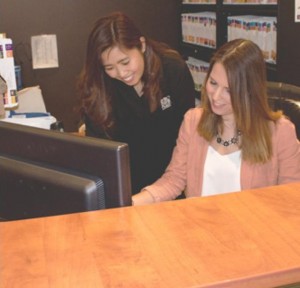
Definitely. That’s great. Can you name someone that has inspired you on your journey in helping others use laser therapy?
There are a lot of people I’ve looked up to during the course of my life. I had a grade school teacher, she was very good to me and I think she helped to guide me. Then I had an English high school teacher who was a big
influence. Taught me how to read and write. I worked for a guy at a golf course for several summers. He had wonderful integrity and business principles. One of the people I admire is Frank Stronach, he’s the president of Magna. I like the things he stands for and the way he conducts himself, along with what he has accomplished.
You feel that it’s aligned with your values?
Yes, exactly. Then I’ve worked with some surgeons that I thought were outstanding. Denton Cooley in Houston, Texas who is the father of vascular surgery.
These are some of the people who have had a positive influence on me.
That’s great! What advice would you give to prospective patients considering laser therapy?
It can’t cause any harm and it may do you a lot of good. In medicine there are no guarantees. I don’t want to sell people anything that they don’t think is going to help them and most of all I want to cure their condition.
To learn more about laser therapy and to discover how Dr. Kahn’s incredible Bioflex systems can help you, visit: http://bioflexlaser.com/













